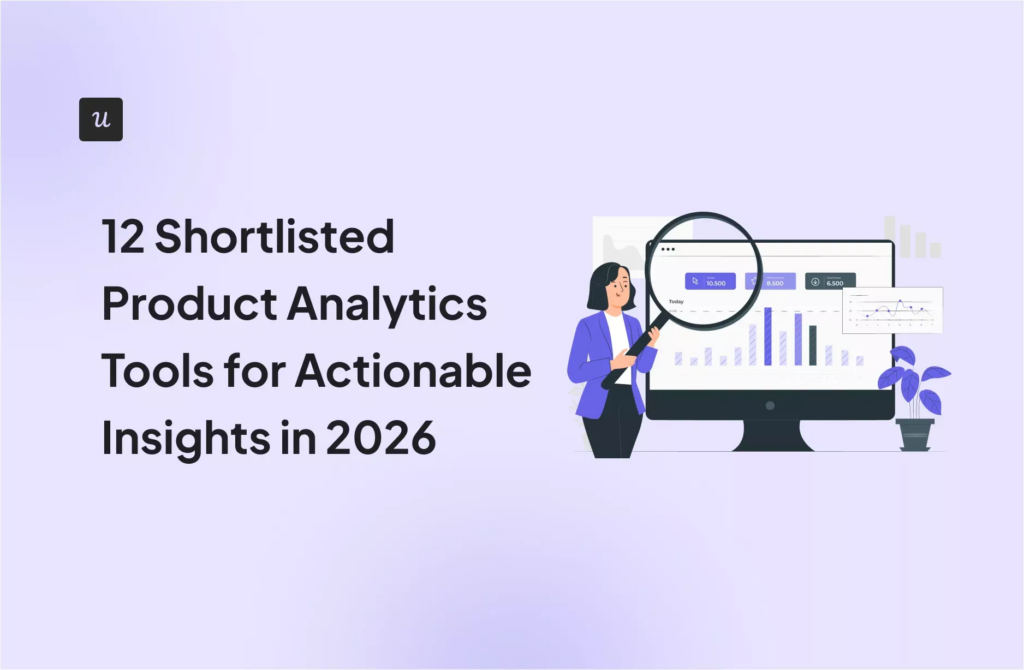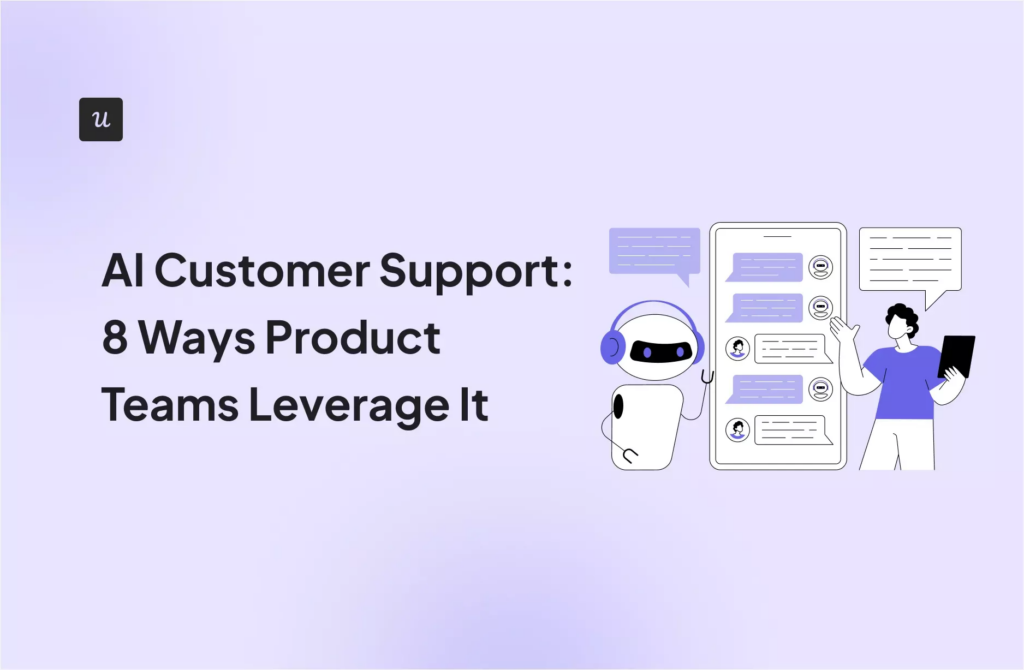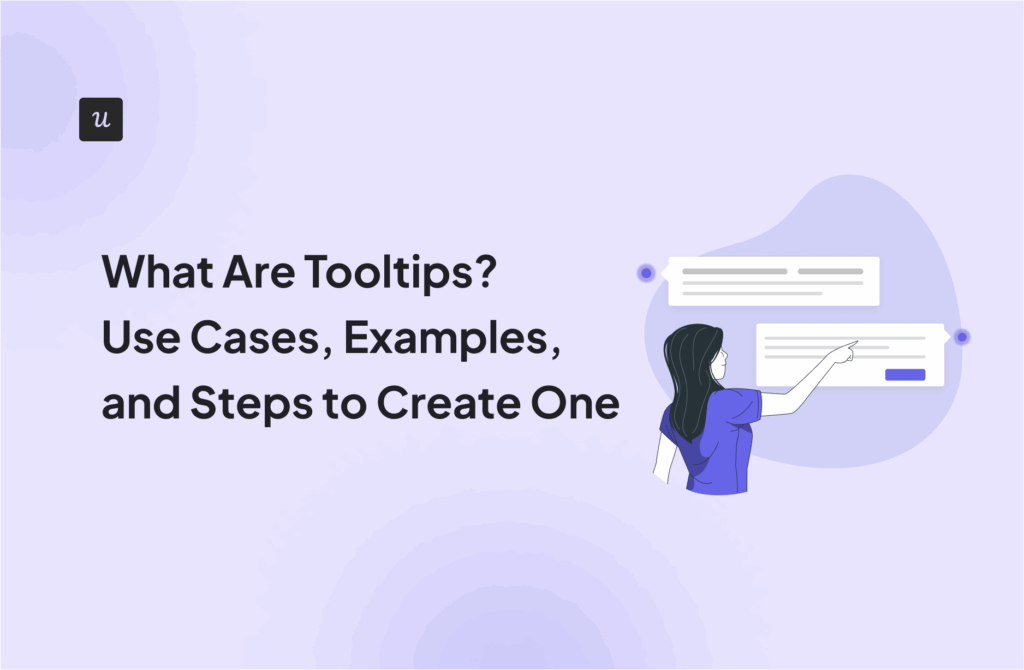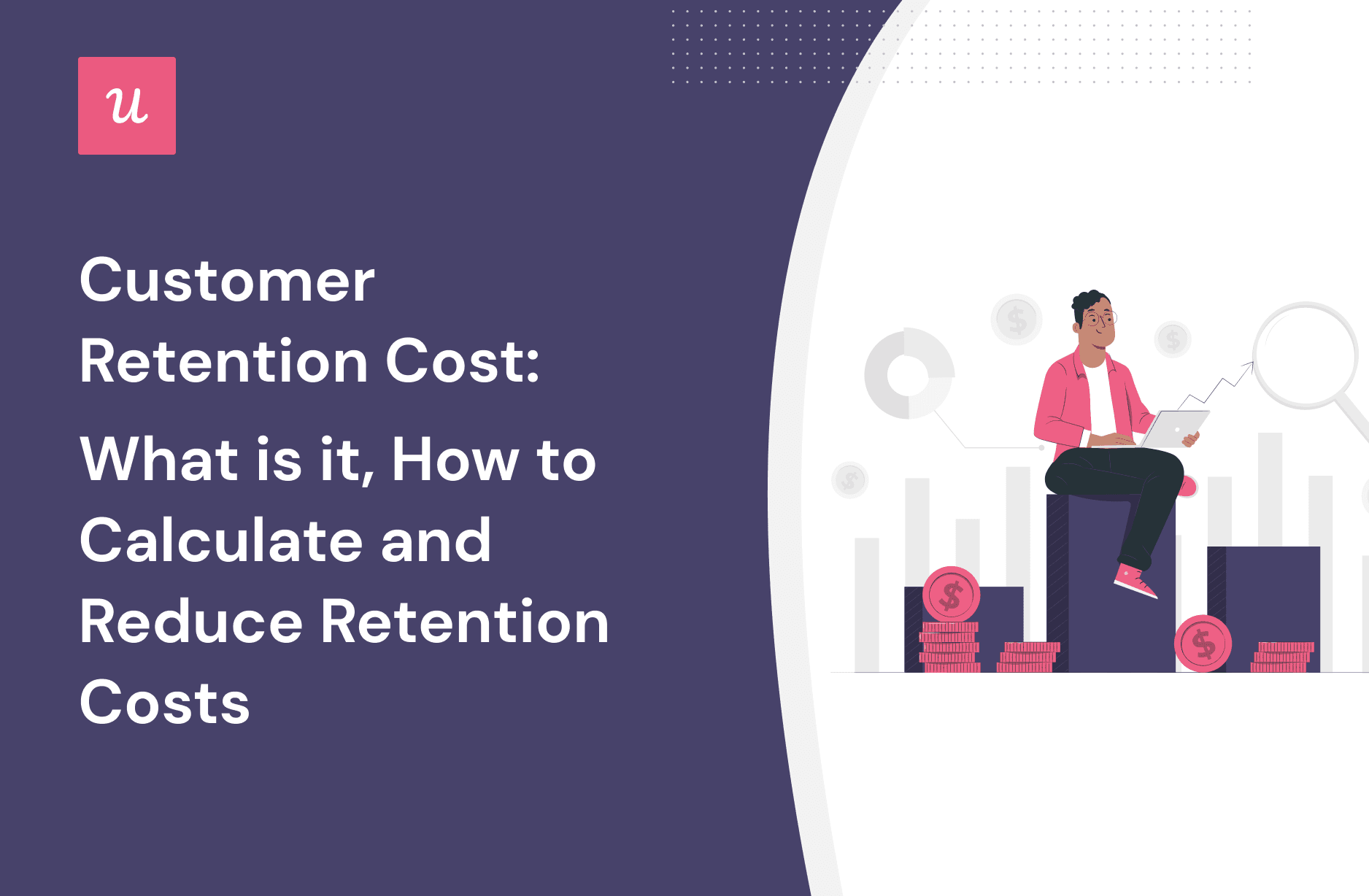
Customer Retention Cost: What Is It, How To Calculate and Reduce Retention Costs
Looking to improve your retention rates by reducing customer retention costs?
Retaining a customer may not always be less expensive than acquiring a new one. Especially if you don’t know how to invest your money the right way. This is why it’s critical to understand retention costs and how to reduce them.
In this article, we’ll explore customer retention costs. You will also learn how to calculate and reduce them so you can drive more profit for your SaaS business.
Let’s start!
Try Userpilot Now
See Why 1,000+ Teams Choose Userpilot

What is customer retention?
Customer retention is a key SaaS metric that refers to your product’s ability to retain customers over time.
What is customer retention cost?
Customer retention cost (CRC) is how much you spend on customer retention over a specific period. Retention costs refer to marketing costs (or investments) that help you increase customer loyalty.
Customer Acquisition Cost (CAC) vs Customer Retention Cost (CRC)
It is critical for you to understand the differences between customer acquisition costs (CAC) and customer retention costs (CRC), as they measure different but equally vital aspects of your customer acquisition and retention efforts.
The key differences between CAC and CRC are:
- Customer acquisition cost (CAC) refers to how much you spend on acquiring new customers till they become paying customers, while customer retention cost (CRC) is how much you spend on keeping those existing paying customers.
- CAC focuses on creating new means for converting your product’s new customers into paying customers. On the other hand, CRC’s main focus is to keep those paying customers loyal through several existing (and new, if necessary) channels.
- CAC mainly includes costs like advertising, promotional campaigns, sales commissions, etc. And CRC includes customer service, loyalty programs, discounts, etc.
How to calculate customer retention cost (CRC)?
There are multiple formulas to calculate customer retention cost, each with its own advantages and drawbacks.
Let’s go through some common ones.
Customer Retention Cost formula #1
Using this formula, you can calculate the average CRC per customer by dividing the total CRC of all customers by the number of active customers in a specific period.
Here, the total CRC includes the cost of the customer success and retention teams and initiatives you have taken during the period.
For example, your total cost on customer retention last month was $100,000, and you had 20,000 monthly active customers. Then, your average CRC was (100,000/20,000) or $500.
This formula provides a clear picture of your average spending on customer retention. However, it assumes the CRC is equal for every customer and doesn’t tell you how much you spend on any particular customer.
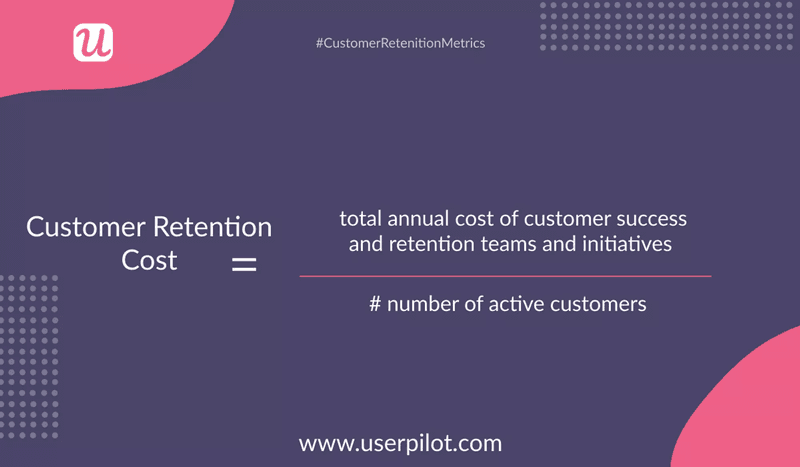
Customer Retention Cost formula #2
You can calculate the average lifetime CRC per customer by multiplying the average CRC per customer by the average customer lifetime.
This formula uses a smarter, case-by-case approach by considering every customer’s lifetime. Although calculating customer retention cost in this way is comparatively complex and requires additional data, it helps you determine if you are generating enough revenue from each customer.
Why is tracking customer retention cost important?
Customer retention cost gives you a better understanding of the financial aspects of retaining existing customers. You can use it to make more informed decisions and increase your customer retention rate. Let’s see how.
Measure the return on investment (ROI) and understand if it was worth it
Analyzing customer retention costs can help you measure the return on investment (ROI) of your retention efforts.
You can understand if the investment is worth the cost by checking if you’re making a profit. You can also find out if the cost of keeping customers exceeds what they bring. If yes, you can make necessary adjustments in your resource allocation to improve performance.
Using CRC, you can also identify which customer segments bring the most value to your business. You can then identify where your retention efforts are paying off and where they aren’t. Consequently, you can better understand where to focus your efforts.
Evaluate your pricing strategy and make adjustments
Knowing your CRC gives you an upper hand in evaluating the profitability and sustainability of your product or company’s pricing model. When you know how much you spend on your paying customers, you can easily decide how to price your products and features and what discounts to offer.
If your current pricing tiers are not profitable, you can find a suitable one by considering your CRC and making the necessary adjustments. CRC can also give you insights into whether a freemium or free trial is a better alternative than another trial pricing option.
Identify the real Customer Lifetime Value (CLV)
With CRC, you can calculate the true customer lifetime value (CLV) by comparing the cost of retaining a customer to the value the customer returns over their lifetime.
A better understanding of lifetime value can help you adopt more informed customer retention strategies and identify long-term opportunities with existing customers.
What does customer retention cost include?
Customer retention cost comprises every cost you incur to increase customer loyalty throughout the customers’ lifetime. This includes:
- Marketing, sales, and customer success teams’ expenses to create and implement marketing campaigns for targeted segments, educate customers with necessary materials, provide customer service and support, etc.
- Costs for automated customer success tools, like customer relationship management software, to automate and streamline the customer success process.
- Expenses to train and develop customer success team members and pay and retain the employees.
- Costs for designing customer adoption programs to pursue existing customers to continue or upgrade.
- Loyalty programs to incentivize customers to remain loyal to your company or product, such as membership programs, rewards for repeat purchases, etc.
- Discount and special offers like limited-time deals, buy-one-get-one promotions, etc.
7 Strategies to reduce customer retention costs and drive customer success in SaaS companies
Now, let’s look at 7 actionable strategies to help you reduce customer retention costs and how to use them.
Segment customers from the beginning and make the onboarding process contextual
You can use welcome screens to do more than greet your customers and gather information about their use cases and goals with your product. The data from the welcome screens can help you create contextual and personalized onboarding for your customers to reduce the time-to-value of your product.
Here’s how Kontentino does it.
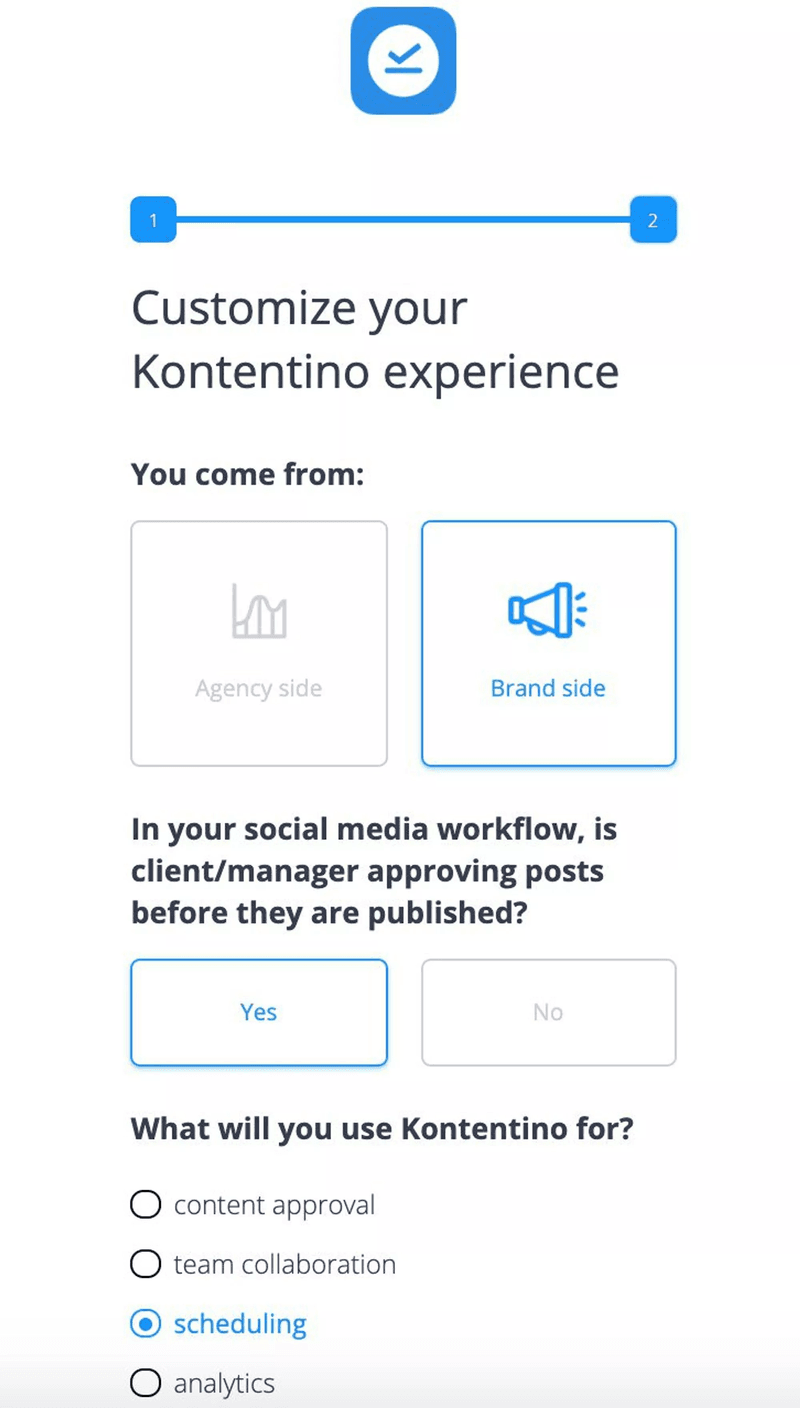
Another good strategy is to use interactive walkthroughs to improve onboarding processes, guide customers from the start, and educate them about your product on the go. It helps customers reach their Aha! moment quicker, resulting in higher retention.
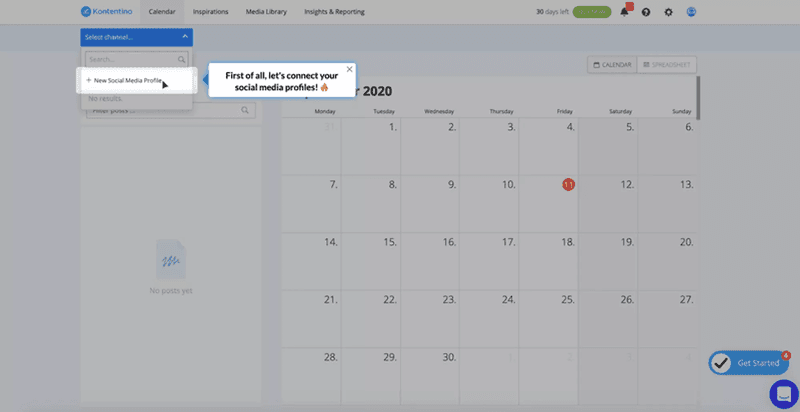
Leverage in-app communication strategies to prompt engagement
Using mobile messaging, in-app messaging, guides, tutorials, etc., to communicate with customers at the right time is critical for SaaS businesses. Leveraging these, you can track customers’ in-app behavior and use the data to trigger highly personalized and time-sensitive engagement flows.
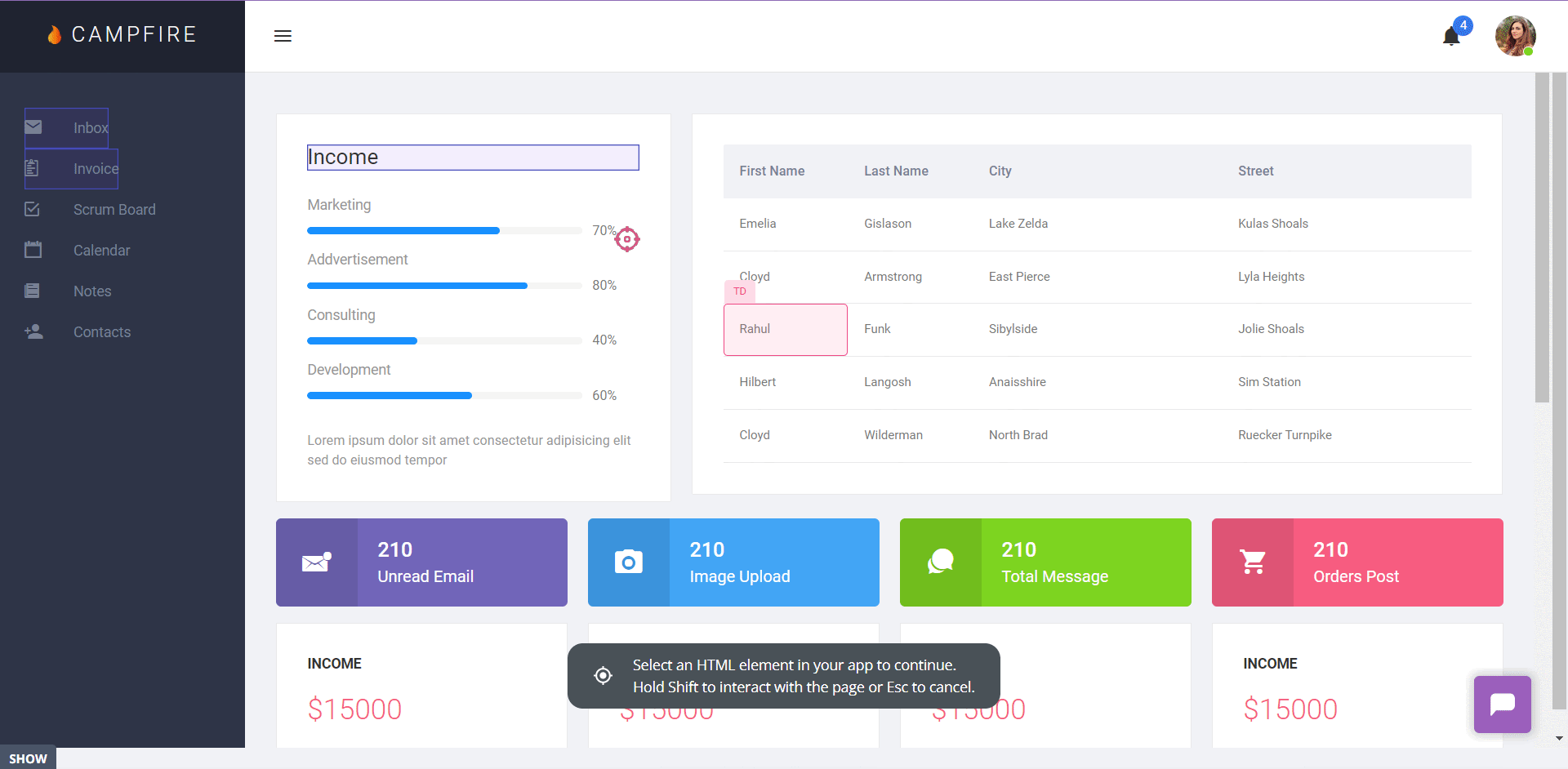
More importantly, you should know what to send, to whom, and when. First, you need to create customer segments and tailor strategies to prompt engagement by sending contextual in-app messages.
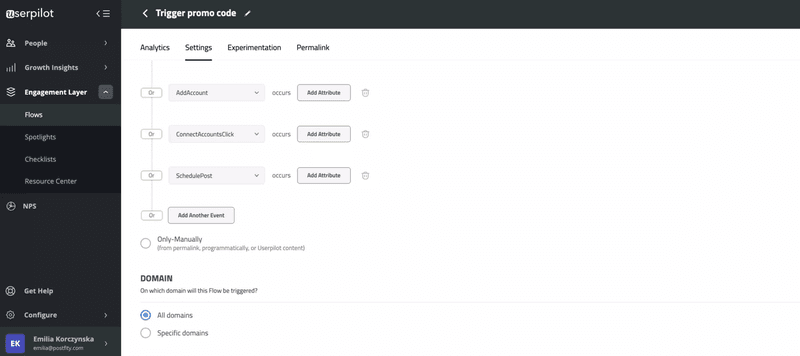
Implement a customer-centric approach and build features based on needs
A key aspect of reducing customer retention costs in SaaS companies is to adopt a customer-centric approach. One effective way to do it is by seeking customer feedback and feature requests regularly. You can also do that through several channels, such as in-app modals, slideouts, or a feature request template.
When you better understand your customer’s needs, you can use the related data to prioritize your product roadmap to fulfill those needs. And as you bring in and develop features that align with what customers want, you will notice improvements in customer satisfaction and retention rates.
However, make sure to avoid falling into the feature factory traps, where you keep building features that don’t align with customer needs or bring any value.
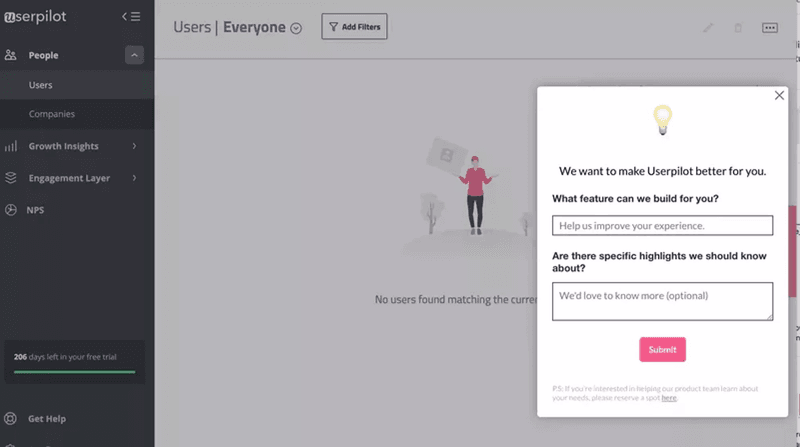
Create an in-app help center to provide onboarding materials and self-support 24/7
Providing your customers with easy access to onboarding materials and self-serve support around the clock can help you significantly cut down on customer retention costs.
You can create and implement an in-app help center, a knowledge base to assist customers better. You can also link all your documentation files, webinars, tutorials, FAQ, and live chat widgets in one place to make the help center accessible for your customers.
While the in-app center lets customers find answers to their questions independently, it also offloads the workload from customer support agents and reduces your customer service costs.
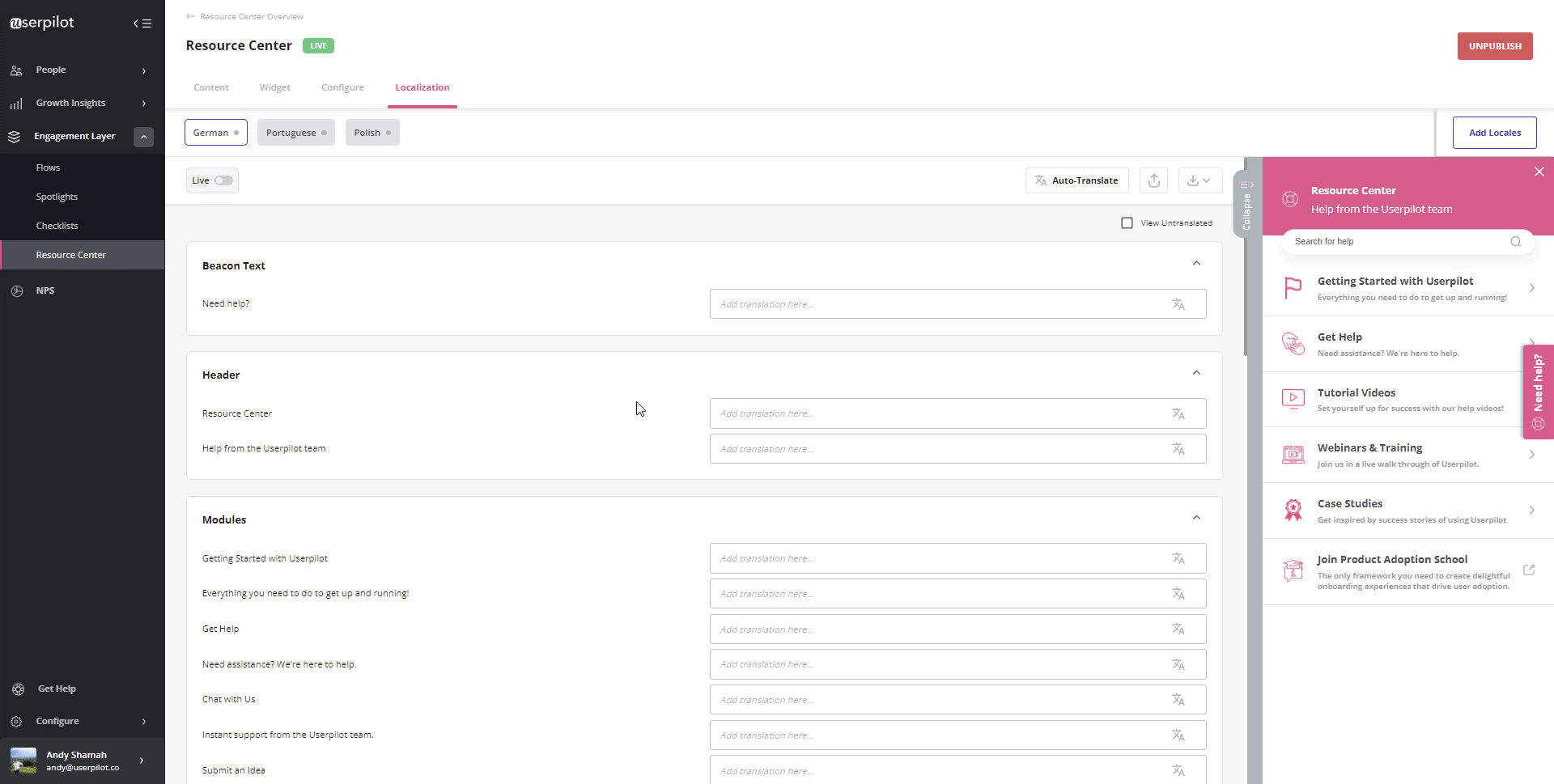
Use microsurveys to collect customer feedback and make improvements
To retain customers, SaaS companies often try to improve their products by getting feedback on important aspects, like the user interface, feature usage, and overall customer satisfaction. You can rely on sending microsurveys (short in-app surveys) to get feedback from your customers.
This way you can learn about the customer experience of different customer segments by sending them personalized microsurveys (which you can easily create with any microsurvey template).
The data and suggestions from microsurveys help you identify areas for improvement. You can also address customer complaints more quickly with the help of microsurveys and make necessary improvements.
Mobile surveys are a quick way to measure customer satisfaction, gather real-time feedback, and boost engagement.
This is how Slack uses microsurveys to collect feedback.
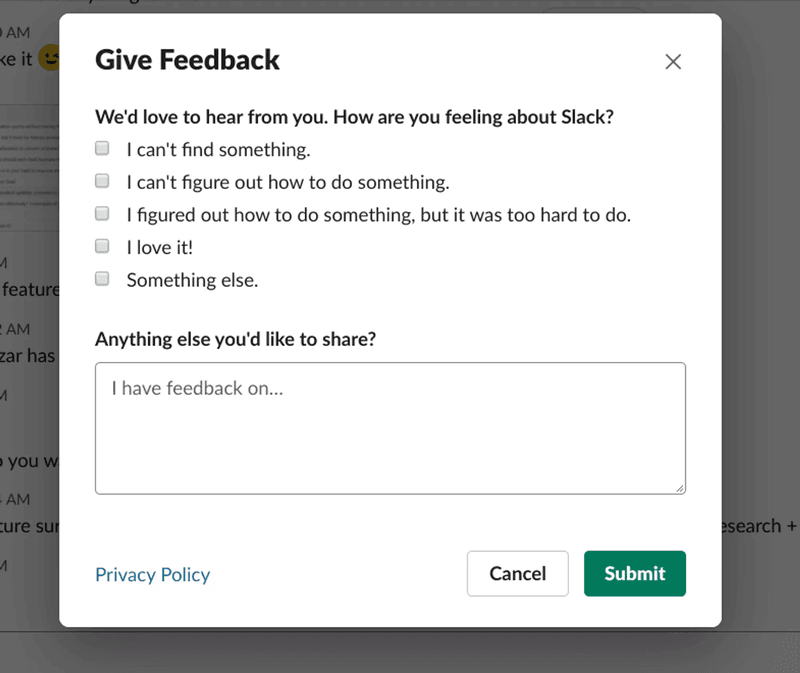
Encourage upsells and cross-sells and grow revenue from existing customers
By sending the right message to the right audience at the right time, you can make your upsell or cross-sell offers timely and contextual. It will then persuade more customers to upgrade their plans or add more features, generating more revenue from the existing customers while also reducing retention costs.
You can set limits for various events and trigger contextual messages when a customer hits those limits. Showing customers what they will miss out on if they don’t grab the opportunity can help you encourage more account expansions and improve customer retention rates.
This is how Loom asks its customers to upgrade to unlimited recordings contextually.

Use A/B testing to quickly test different in-app flows and content
A/B testing involves creating two or more versions of a feature or flow and randomly showing each version to different customer groups.
This facilitates product experiments so you can test what’s working and what’s not. The data from the experiments will help you learn where to make adjustments before adding a feature or content to your app.
You can use A/B to test different in-app flows and content, such as onboarding, pricing, or feature adoption, and adopt strategies to retain customers conveniently.

Conclusion
Now that you know about the retention cost and how to reduce it, it’s time for you to start leveraging CRC.
Want to reduce your customer retention costs code-free? Book a demo call with our team and adopt effective strategies to manage your retention costs!


